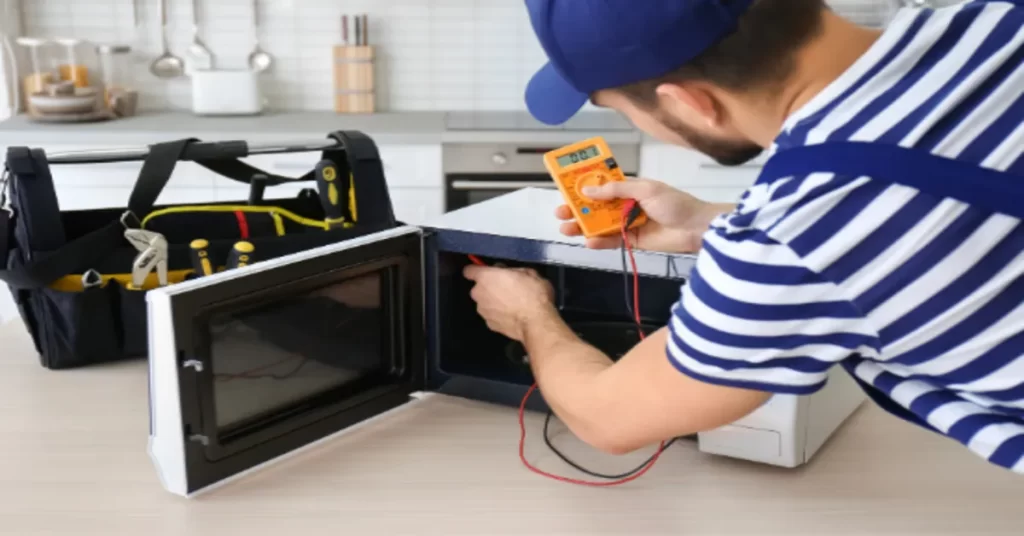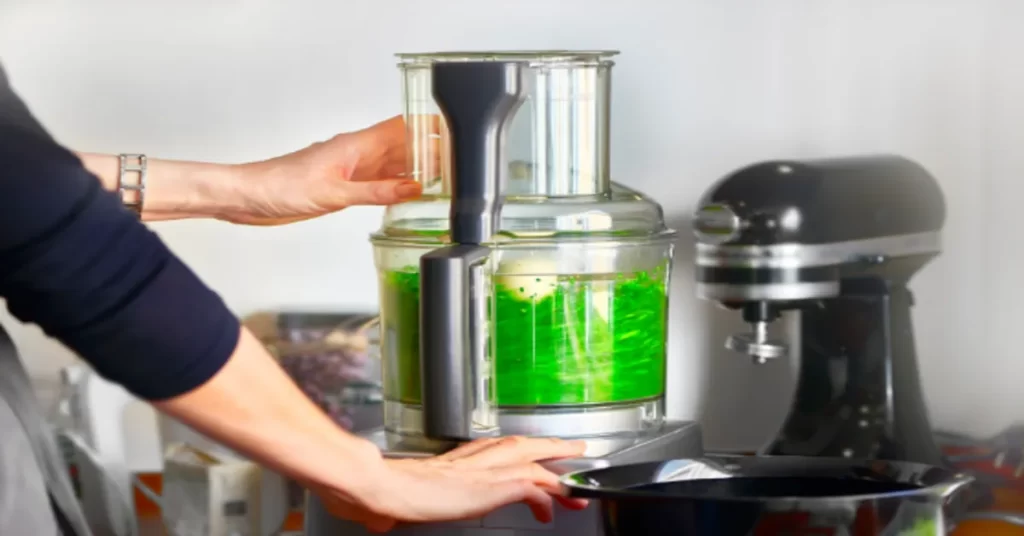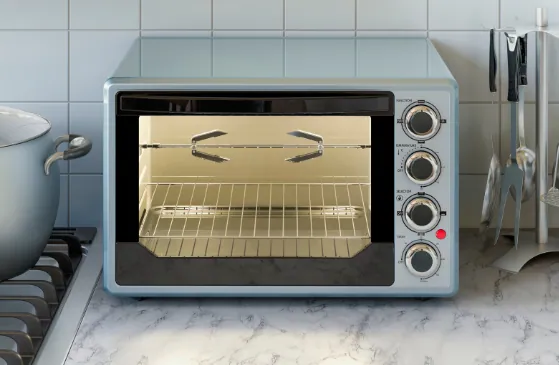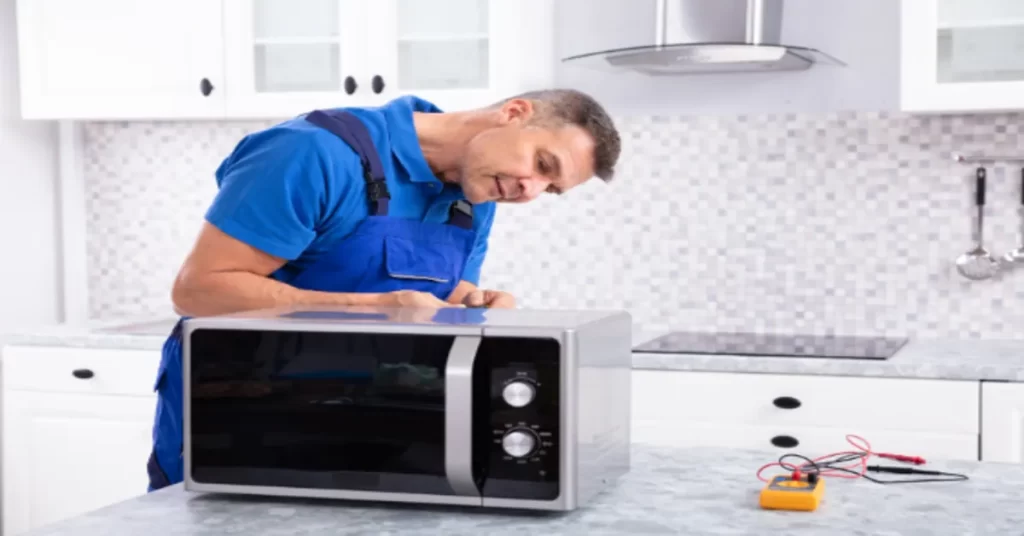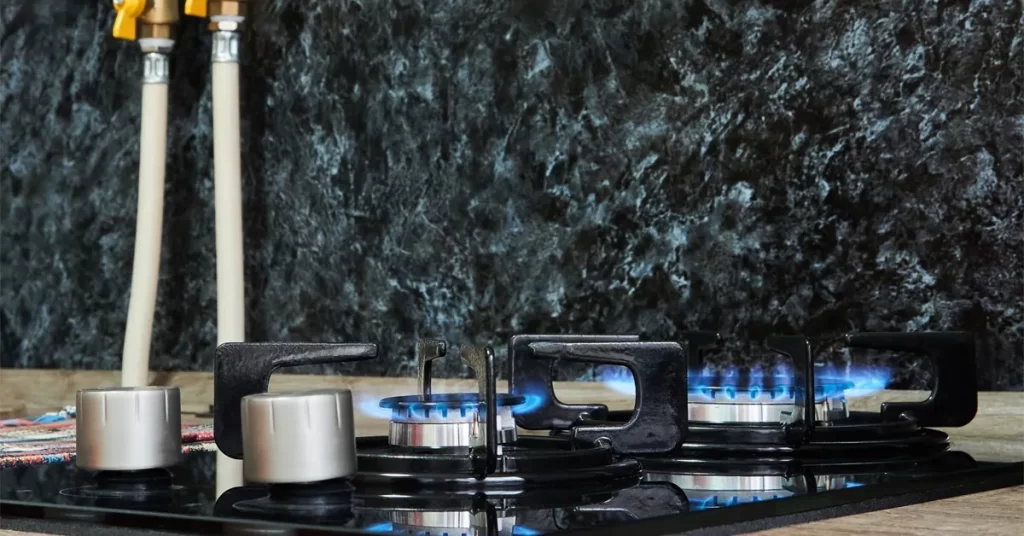Baking Like a Pro: Top Tips for Mastering Your Built-In Oven
Enjoying a delicious baked good at home is possible, particularly if you have an integrated oven. These ovens give your kitchen a streamlined appearance, even heating, and constant temperatures. But achieving the finest outcomes calls for some expertise. Here are some expert pointers to help you bake like a pro and become an expert in your built-in oven!
Understand Your Oven
Each built-in oven is different. Read the handbook carefully and familiarize yourself with its features. Understand when to use each of the various settings, such as bake, broil, and convection.
Preheat Properly
Always set your oven’s temperature to the proper setting before putting food inside. This guarantees that your baked items will cook through quickly and evenly. It normally takes ten to fifteen minutes to preheat.
Use the Right Bakeware
Your baking outcomes may vary depending on the type of bakeware you use. For cookies and cakes, metal pans work well; for casseroles and pies, glass or ceramic dishes work better. Make sure the bakeware you have is high-quality and oven-safe.
Set Up Your Racks
How your food bakes might be affected by where your oven racks are placed. Your baking trays should be placed in the center of the oven for even cooking. To guarantee uniform browning when baking many items at once, turn them over halfway through.
Avoid over crowding
Make sure your meal has enough room to bake evenly. An crowded oven may result in uneven baking and lengthier baking times. If you have several things to bake, bake them in batches.
Keep It Clean
Baking is improved with a clean oven. To avoid burning and smoking, sweep up spills and crumbs on a regular basis. Not only can a dirty oven ruin food, but it can also be a fire hazard.
Use an Oven Thermometer
There are instances when oven temperatures are off. To achieve more consistent baking results, you can use an oven thermometer to make sure your oven is at the proper temperature.
Rotate Your Trays
Halfway through the cooking time, turn your trays to ensure equal baking. This guarantees that your baked items cook evenly and helps prevent hot spots.
Follow Recipes Closely
It’s all about precision when baking. Pay great attention to measures and temperatures when following recipes. Small adjustments can have a big impact on the result because baking is more of a science than an art.
Cool Properly
Before serving, allow your baked products to cool completely. This intensifies and helps them set their flavor. To avoid sogginess, chill cakes and biscuits on a wire rack.
Experiment and Practice
Practice and experimentation should not be feared. Your understanding of your built-in oven’s peculiarities and how to achieve the best outcomes will improve with continued use.
Invest in Quality Ingredients
When it comes to baking, using premium ingredients can make all the difference. Good butter, fresh eggs, and fine flour may turn your baked items from good to excellent.
It will take some practice to become an expert baker with your built-in oven, but with these pointers, you’ll be well on your way. Cheers to your baking!











